Update to clarify and show intention:
The related question is here tbl_merge: sort variables alphabetically in merged tbl_regression models {gtsummary} and @Daniel D. Sjoberg already provided the correct and professional answer.
But I want to try if this is possible:
x <- tbl_merge(list(t1, t2, t3 ,t4))
y <- x %>%
tbl_split(variables = c(age, ttdeath, response, death, stage, grade))
With this code I split the table into one row tables:
y[[1]]
y[[2]]
and so on.....
Now: I want to remove each footnote and header and merge them in a defined order together. In essence it is the reversal of spliting?!
Thanks for your time and energy!
First question:
With the tbl_regression() function from gtsummary we can make a table.
By adding modify_footnote(everything() ~ NA, abbreviation = TRUE) we can omit footnotes.
like here: from:supress confidence interval footnote in tbl_regression
library(dplyr)
library(gtsummary)
my_table <-
lm(mpg ~ disp, mtcars) %>%
tbl_regression(exponentiate = FALSE) %>%
modify_footnote(everything() ~ NA, abbreviation = TRUE)
my_table
Result:
My question:
How can I remove the header part of this table to get this output:
If possible it should be possible with modify_header or modify_table_styling()?!
There is a rationale behind.
The ultimate goal is to split each element of a gtsummary table Split long gtsummary() table to n smaller tables and rearrange them in a given order tbl_merge: sort variables alphabetically in merged tbl_regression models {gtsummary}



